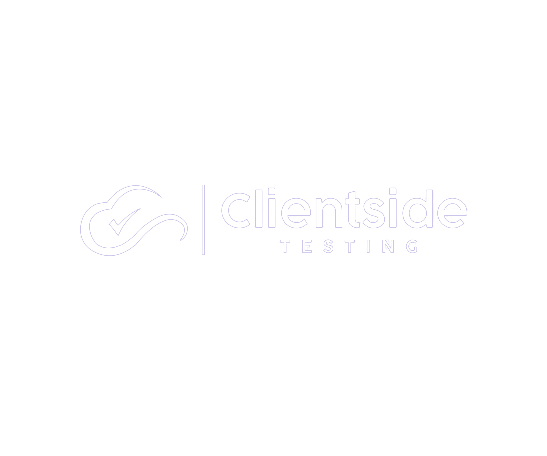Why Sign Off Integration Test Plans?

Connectivity between internal and external systems shapes business processing outcomes. Achieving optimal integration requires meticulous planning and execution, with the Integration Test Plan serving as the cornerstone of this effort. In this comprehensive exploration, we delve into the intricacies of the Integration Test Plan and its pivotal role in ensuring the reliability, efficiency, and effectiveness of Workday integrations.
Understanding the Integration Test Plan:
At its core, the Integration Test Plan serves as a comprehensive roadmap that delineates the methodologies, strategies, and procedures for testing each inbound and outbound integration point within an organisation’s Workday ecosystem. This document encompasses a myriad of components, each meticulously crafted to guide and streamline the integration testing process.
Key Components of the Integration Test Plan:
- Integration Points: The Integration Test Plan begins by identifying the specific integration points between Workday and other systems or applications. These integration points serve as the focal points for testing and validation, ensuring seamless communication and data exchange between disparate systems.
- Integration Testing Methodologies: With the integration points identified, the Integration Test Plan outlines the testing methodologies, tools, and techniques to be employed during the integration testing phase. This includes determining the most appropriate testing approaches for each integration scenario, such as API testing, data migration testing, or end-to-end scenario testing.
- Test Environment: A crucial aspect of integration testing is the setup of the test environment. The Integration Test Plan provides detailed specifications regarding the configuration of the test environment, including connectivity requirements, test data availability, and any bespoke configurations necessary to simulate real-world integration scenarios.
- Test Data: Effective integration testing necessitates the availability of relevant test data to validate the functionality and performance of the integrations. The Integration Test Plan outlines the required test data, including sample data sets and data sources, to be used during testing activities.
- Test Procedures: With the test environment configured and test data prepared, the Integration Test Plan delineates the step-by-step procedures for executing each test scenario. This includes defining the inputs, expected outcomes, and validation criteria for each integration test, ensuring comprehensive coverage of all integration scenarios.
- Roles and Responsibilities: Clear delineation of roles and responsibilities is essential for effective integration testing. The Integration Test Plan defines the roles of team members involved in the testing process, including testers, developers, and stakeholders, ensuring accountability and coordination throughout the testing lifecycle.
- Risks and Mitigation Strategies: Integration testing inherently involves risks, ranging from data integrity issues to communication failures between systems. The Integration Test Plan identifies potential risks associated with integration testing and outlines mitigation strategies to address these risks proactively.
- Schedule and Timeline: Timely execution of integration testing activities is critical to project success. The Integration Test Plan establishes a comprehensive schedule and timeline for conducting integration testing, including test execution, defect resolution, and reporting, ensuring adherence to project deadlines and milestones.
- Dependencies: Integration testing often relies on the availability of certain dependencies or prerequisites, such as system configurations or data sources. The Integration Test Plan identifies these dependencies upfront, ensuring that testing activities proceed smoothly without any bottlenecks or delays.
- Reporting and Communication: Effective reporting and communication mechanisms are essential for documenting test results, issues, and status updates throughout the integration testing process. The Integration Test Plan defines the reporting structure and communication channels to be used, facilitating transparent communication and collaboration among project stakeholders.
- Integration Testing Exit Criteria: Finally, the Integration Test Plan specifies the criteria that must be met to conclude integration testing and proceed to the next phase of the project. These exit criteria serve as the benchmark for evaluating the success of integration testing activities, ensuring that all necessary testing objectives have been achieved before moving forward.
The Importance of a Signed Off Integration Test Plan:
A signed-off Integration Test Plan serves as a tangible manifestation of organisational alignment, clarity, and accountability. It provides a unified roadmap for planning, executing, and documenting integration testing activities, thereby ensuring the successful integration of Workday with other systems or applications.
Conclusion:
In conclusion, the Integration Test Plan stands as a testament to the meticulous planning and execution required to achieve seamless integration within the Workday ecosystem. By meticulously defining testing methodologies, procedures, and responsibilities, organisations can optimise their integration testing efforts, mitigate risks, and achieve successful integration outcomes. A signed-off Integration Test Plan serves as the guiding light in this endeavour, paving the way for reliable, efficient, and effective Workday integrations.






